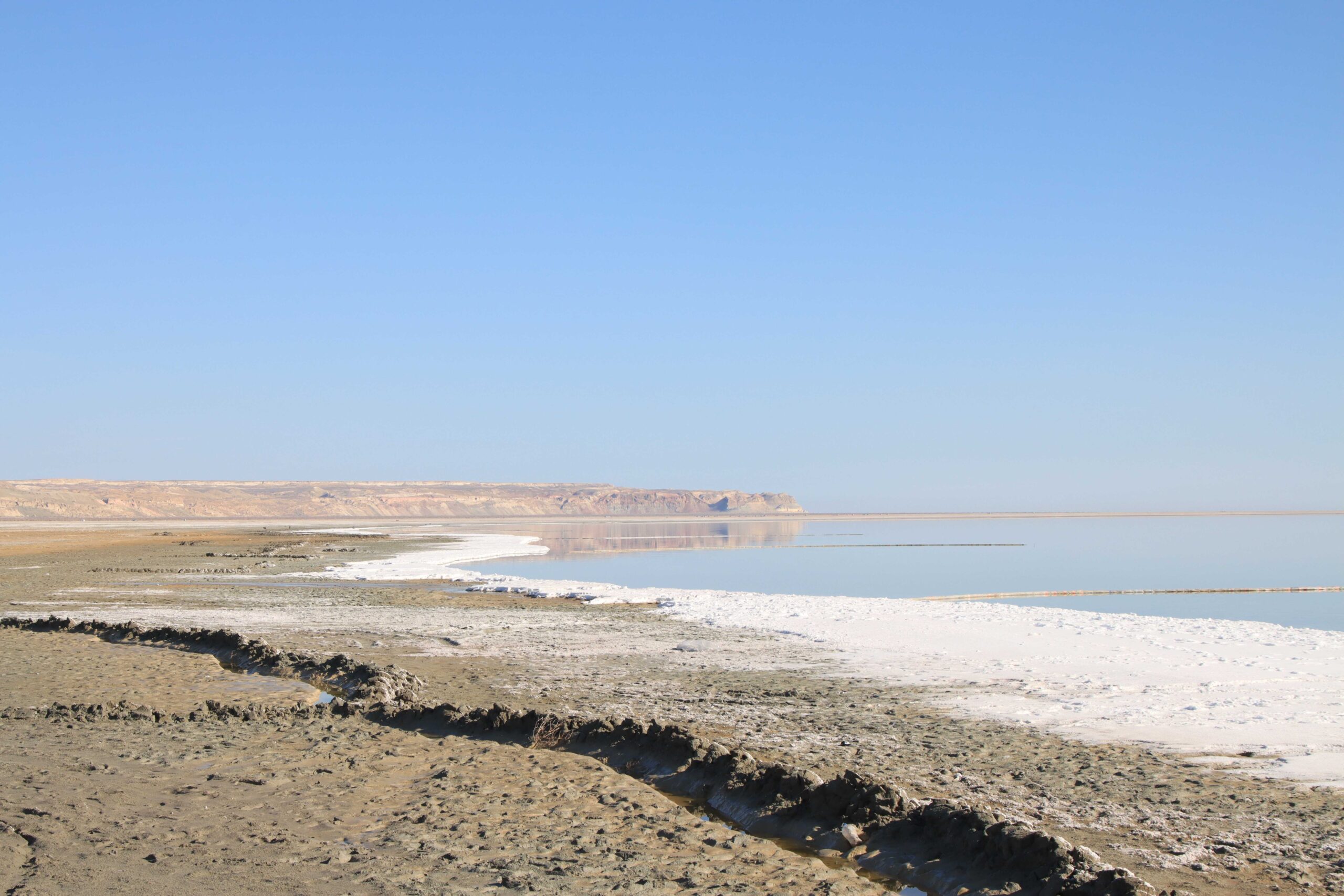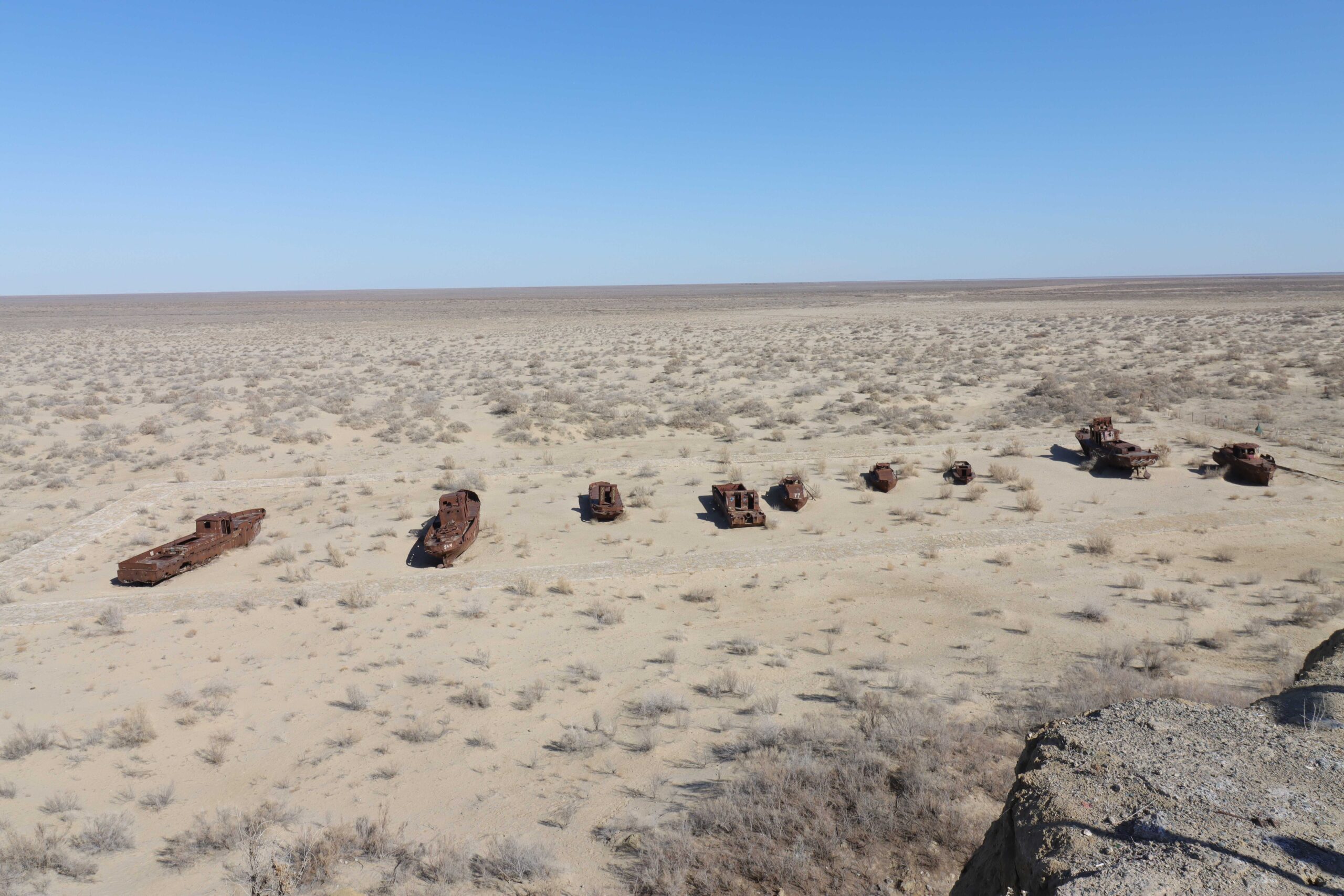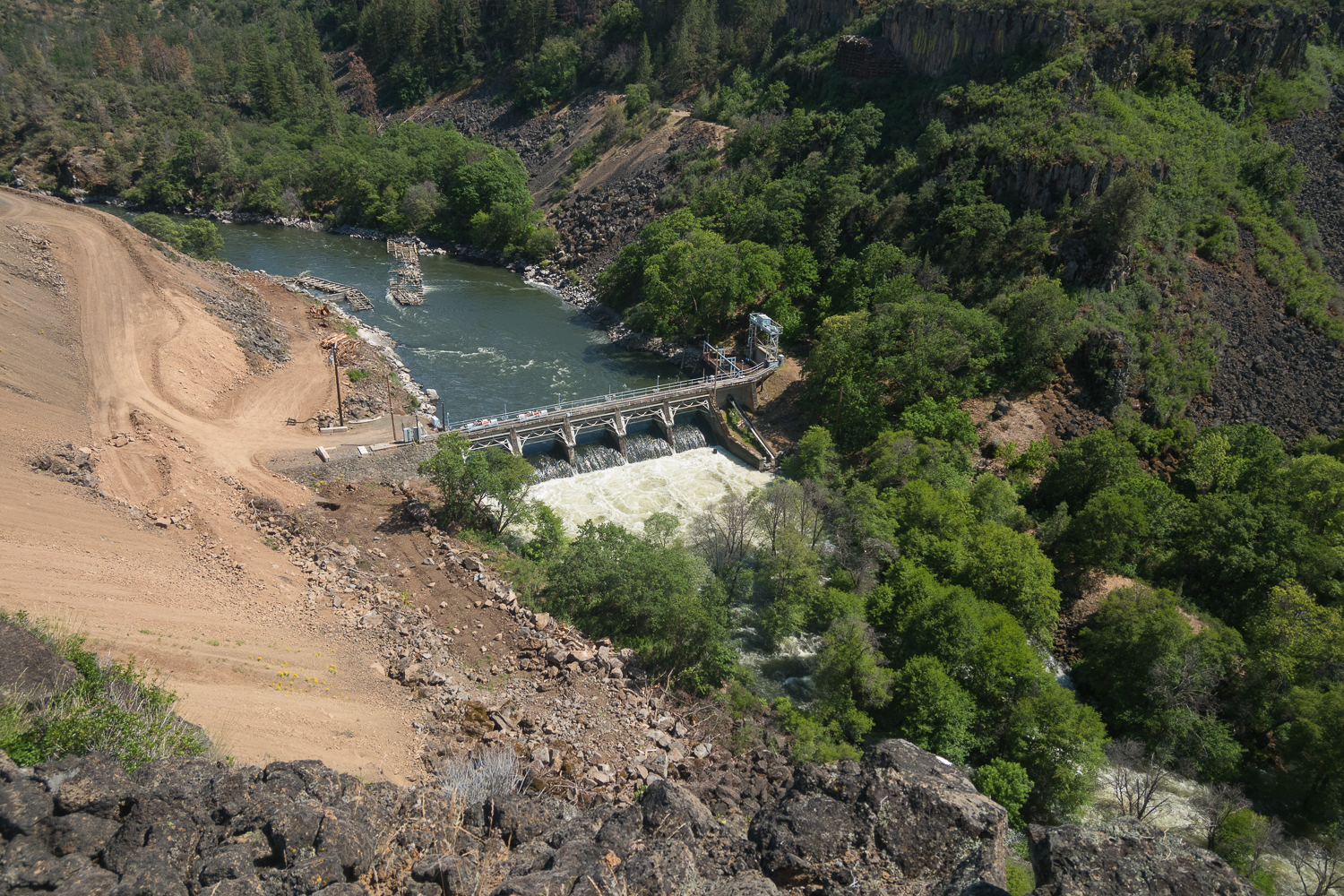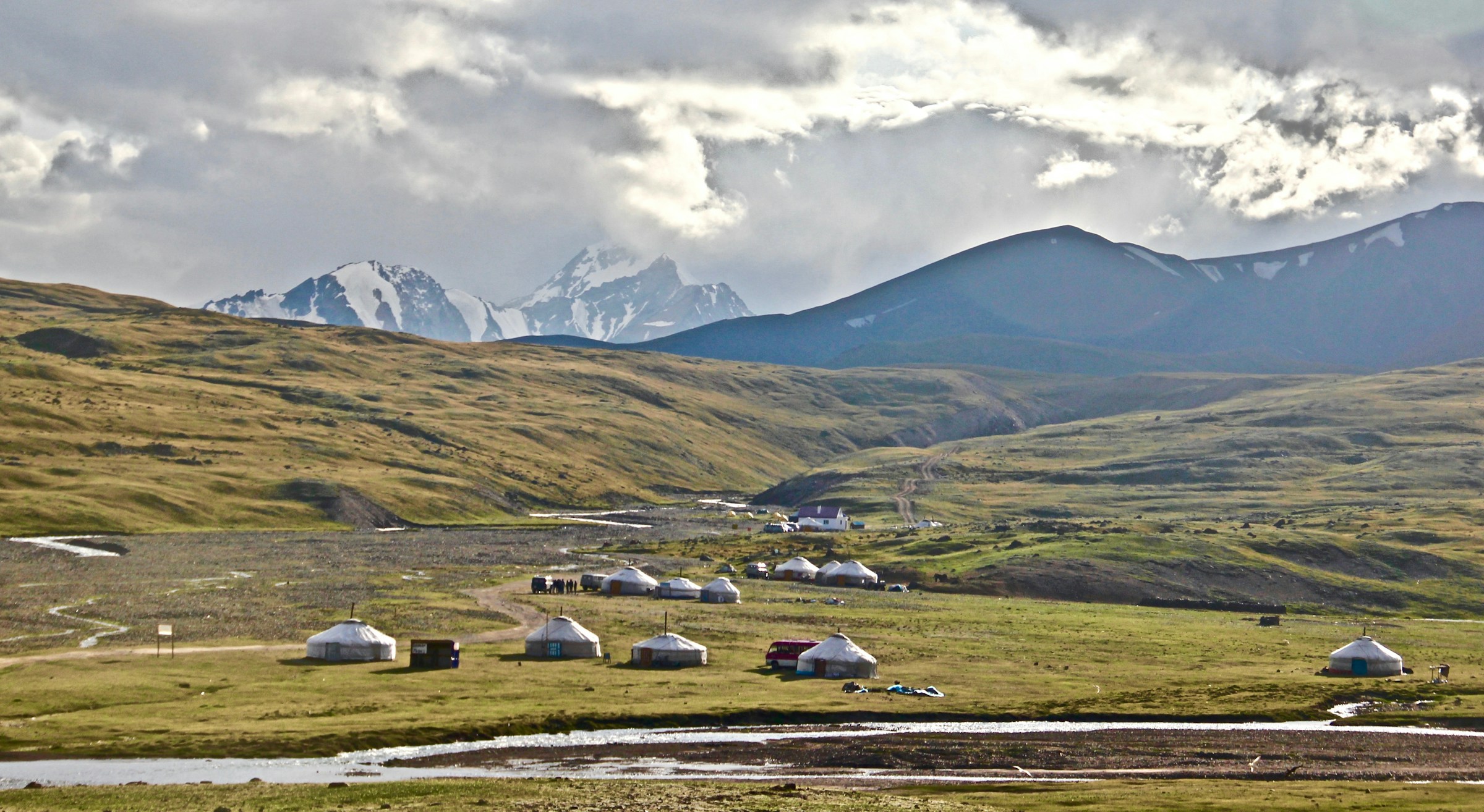This is Part 2 of a two-part series looking at the Aral Sea recovery projects and the future of the Amu Darya watershed in Uzbekistan. Part 1 can be read here.
The shrinking of the world’s third-largest lake to less than a tenth of its original size has been called the world’s worst human-caused environmental disaster. And while Central Asia’s Aral Sea is generally considered to have become a disaster and “shrunk” by about 1986, nearly 40 years later the effects are still unfolding.
And what’s more, they are all but certain to keep unfolding for another 40 years, as a mixture of geopolitical negotiations and shrinking glaciers threatens to turn a once prosperous section of the Silk Road into the most water-stressed area on Earth.
The International Fund to Save the Aral Sea, (IFAS) a government-funded and partly government-staffed agency divided between the five countries whose water or weather was affected by the Aral Sea disaster, admitted to WaL that there is no chance to reverse the sea’s disappearance—the sands across which it once flowed having lost the properties for retaining water.
Instead, their work centers around ameliorating the disaster’s public health, economic, and environmental effects while creating the conditions for a whole new terrestrial ecosystem to basically terraform the area.
But geopolitical strife, shrinking glaciers, rampant self-interest, and local procrastination threaten to snuff out these fledgling projects before they begin.
Passing through 4 nations, the Amu Darya River—the legendary Oxus of Alexander the Great, was once the Aral Sea’s great source. Each nation has, for the last 80 years, pillaged its waters until it arrives at the delta and Aral Basin in a trickle.
While it was the vast cotton plantations that caused the Aral Sea’s disappearance, today, the river’s volume is taken for all purposes, and as each nation along its banks develops, more and more is needed. This is a phenomenon that’s been going on for 30 years, and for which large chapters remain as-yet unwritten. A colossal irrigation project by the Taliban, a huge hydroelectric plant in Tajikistan, and Pamir Mountain glaciers receding are just some of these future strains on water resources.
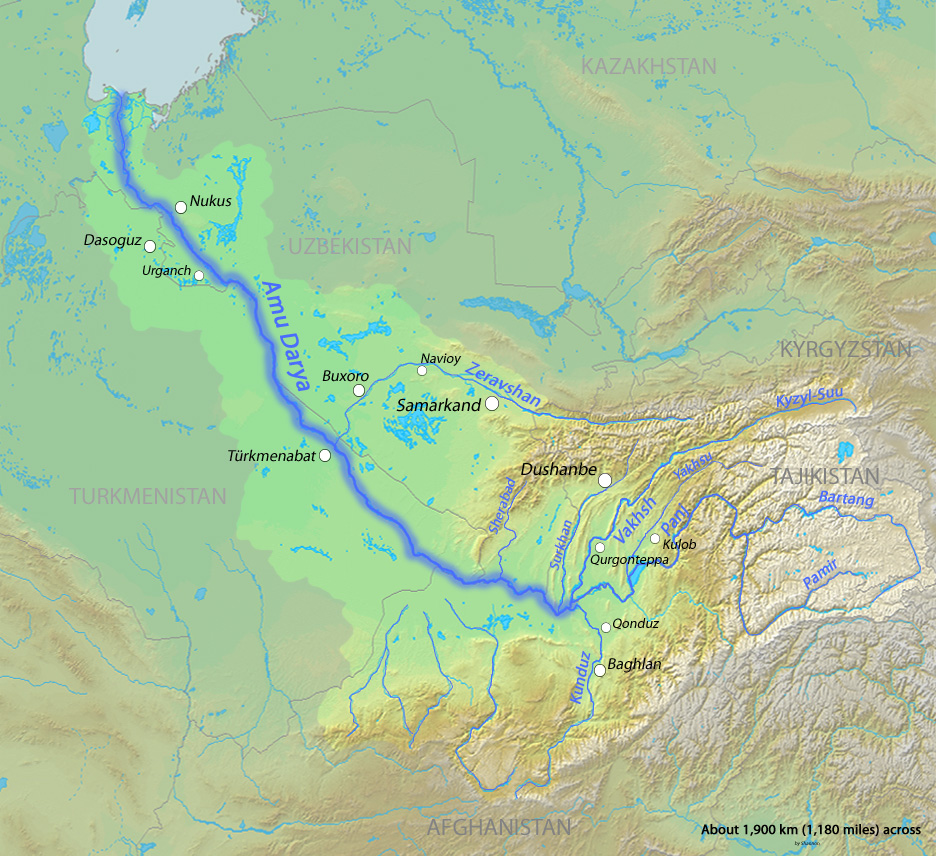
The politics of water
One would struggle to find a waterway with a more difficult bunch of neighbors anywhere on Earth.
“There was an agreement made between the three countries [through which the Amu Darya flows] at the turn of the century,” said Ayzada Uzakhbaeva, Rural Development Advisor at GIZ Uzbekistan, a German NGO working in international cooperation for sustainable development in the Aral Sea region.
“Since then, a fourth country is now using Amu Darya River, and so in May this year, the heads of state of these countries will meet and discuss an updated agreement,” she told WaL.
The updated agreement will reflect Afghanistan’s increased progress on its Qosh Tepa Canal, a massive new project that seeks to turn the fertile northern provinces into a food hub for the region and give the people an alternative to poppy growing. The second phase of construction is already 80% complete, according to local news.
“We will never violate the rights of the neighboring countries that they have from the Amu River… But at the same time, we want to get our rights and no one should create obstacles in this regard,” Mohammad Yaqub Mujahid, Acting Minister of Defense, is supposed to have said.
“It’s called Hydro-egoism,” says Yusup Kamalov, an environmentalist and activist in Uzbekistan’s autonomous republic of Karakalpakstan, in which the Aral Desert and Amu Darya Delta are located. Kamalov says the Qosh Tepa will take about a third of the Amu Darya’s water right from the start.
“Uzbekistan and other states are trying to convince Afghanistan to use the water from the Amu Darya in a more effective way. But before that, we have to manage it by ourselves in a more effective way. By my calculations, it’s not less than 80% of the water that is wasted. Only my opinion, but we are wasting 40% of water before the fields—just leakage from irrigation canals which are not covered by water-protective materials,” Kamalov explains.
Resurgent and determined, the Taliban-led government in Afghanistan would be a huge challenge to any water-sharing agreements, but they are far from the last. Tajikistan, another of the Amu Darya-controlling nations, is also another challenge vis-a-vis the stateless Karakalpaks who suffered all the pain and impoverishment of the Sea’s disappearance, themselves being the furthest downstream.
“Another question is about the Rogun Hydropower Plant in Tajikistan,” said Kamalov. “It will have two modes: energy mode and irrigation mode. Of course, if it is in energy mode, it’s going to be difficult for us”. The Rogun reservoir which the powerplant would create would choke up the Vakhsh River, a major tributary of the Amu Darya.
The Rogun has been a source of tension between Tajikistan and Uzbekistan since 2010, when then-Uzbek Prime Minister Shavkat Mirziyoyev (now the president) sent a letter to his Tajik counterpart demanding an independent examination of the possible consequences of the dam.
Afghanistan, the Taliban, and Tajikistan seem benign when considering the challenges that Uzbekistan’s southern neighbor, Turkmenistan, presents them.
“Unfortunately Turkmenistan is quite a closed country and it’s really difficult to negotiate with them,” Kamalov outlines. “So they have this so-called Karakum Canal which is taking half of Amu Darya. Turkmenistan’s population is 5 times less than Uzbekistan”.
“It’s impossible to close this canal because there is no central facility with the capability to open or close the water. So it’s flowing without any moderation,” he said, adding that Turkmenistan has ideological ambitions regarding the river as well was economic ones. “The president wrote a book in which he claims the Amu Darya never flowed to the Aral Sea before, and that the Bolsheviks arrived in 1917 and turned the Amu Darya to the Aral Sea. That is why the Karakum Canal is considered, like, a justice from god, and even now you can’t call it the Karakum Canal, you have to call it the ‘Karakum River'”.
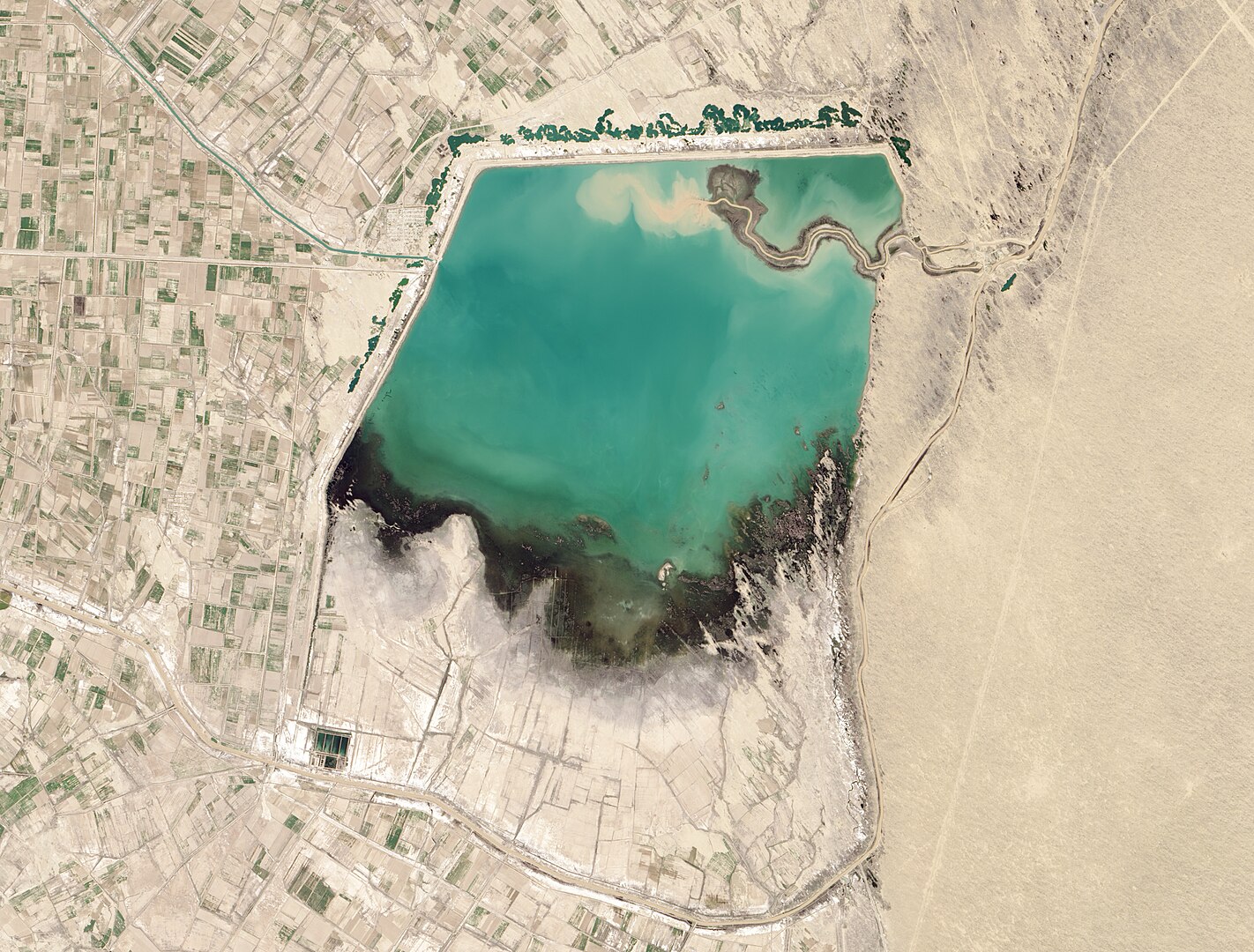
Many opinions, many challenges, few solutions
WaL’s investigation into the future of the region’s water issues turned up many opinions and ideas. Earth-lined canals that leak huge amounts of water from the river, shrinking glaciers, continued cotton cultivation (Uzbekistan is the 7th largest exporter in the world), growing populations, and an unnecessary amount of artificial lakes all featured among the problems that people working on the water issues in the region believe need to be addressed. In what way, and in which order, though, none concurred.
“We can’t blame the water level reduction on cotton alone, it’s also a demographic problem. For instance, in the 1990s, there were 20 million people,” Alauatdin Mambetkarimov, Director of the Nukus Branch of the International Fund to Save the Aral Sea (IFAS), told WaL. “Today, there are 37 million, and they also demand water. Also, Afghanistan has its part of the water, so that’s even more people”.
“I know that in 2050, Uzbekistan will become one of 10 countries that will have major problems with water. Alone by ourselves, we can’t solve anything; only together can we solve this problem. We should act together with the whole world”.
The challenge here is that the problems with water stem from the past, present, and future planned actions of a small group of nations, and it’s one of the reasons international development or outside consulting in the region is, as far as WaL could gather, limited.
“All of them will follow their own interests and development,” Kamalov said regarding the five member states of IFAS (Turkmenistan, Tajikistan, Uzbekistan, Kyrgyzstan, and Kazakhstan). “I don’t believe the Aral Sea could come back to the same size like before, let’s say 80 years ago, but nevertheless we need some water for the Delta”.
Kamalov said that the current Uzbek president Mirziyoyev said the nation must lay concrete on all irrigation canals coming off the Amu Darya, and that 18,000 kilometers (10,000 miles) of canals had been laid with concrete in this way. But not everyone agrees.
“The government’s proposed solution is to line the river with concrete to increase the flow rate, but it’s not going to work and will be a big waste of money,” said an agriculture-focused development officer, who hoped to remain anonymous for professional reasons. She said there is virtually no education amongst the public in any of these 5 nations about how to live and conserve in a water-stressed region.
There are other possibilities to save water, sources told WaL, for example using drip irrigation more widely, and also to cover existing reservoirs to prevent evaporation. Even the existence of the reservoirs, though, is seen by some as a problem.
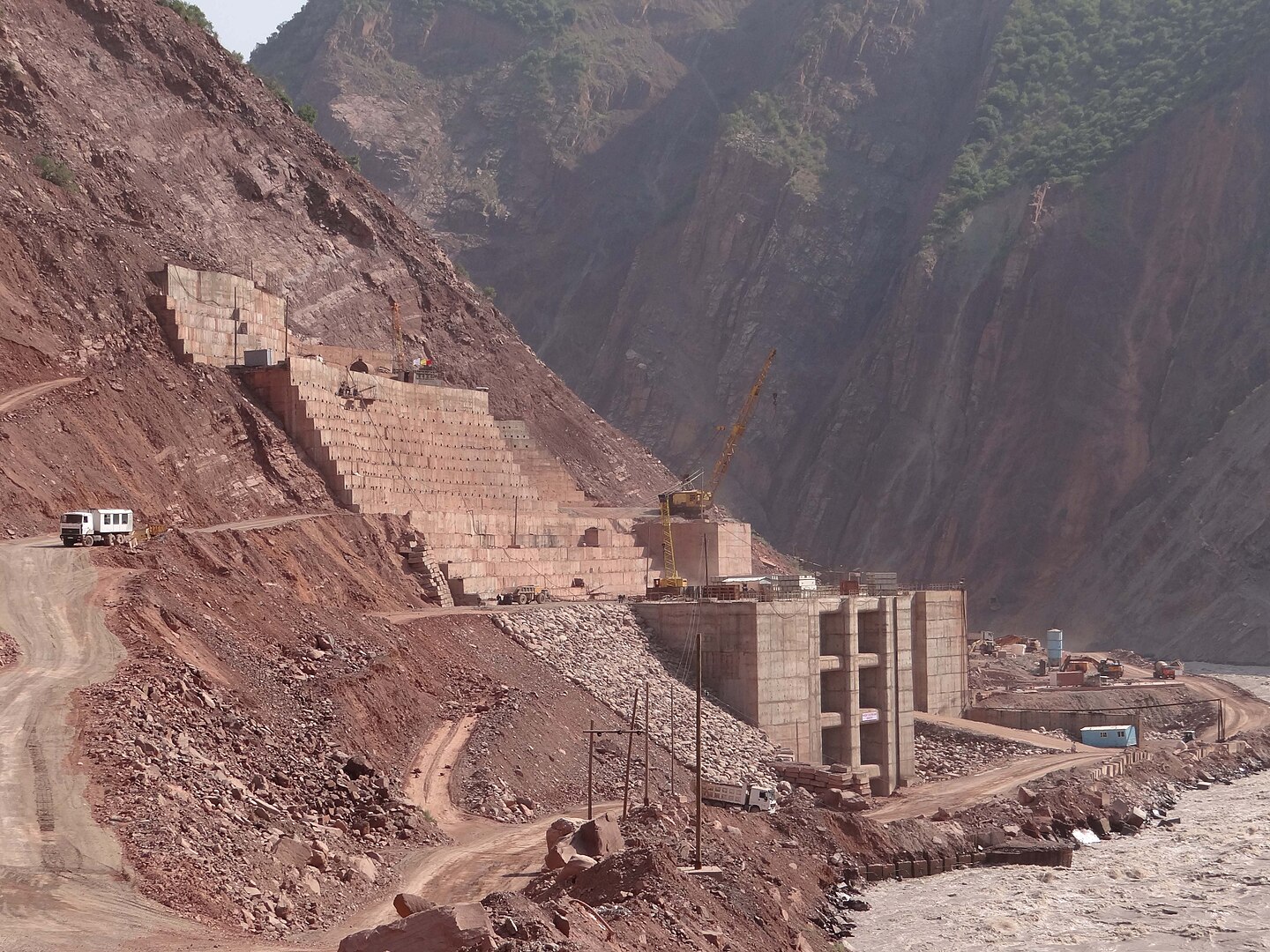
Ecological change
“For 30 years of Uzbekistan’s independence, across all Central Asia have [sic] been built 300 artificial lakes: in Tajikistan, in Turkmenistan, in Kazakhstan, Kyrgyzstan, and now in Afghanistan too,” said Oktyabr Dospanov, a mid-level manager at the famous Savitsky Museum of Russian Avant-Garde Art in Nukus, Karakalpakstan. “We need to ask: do you need these artificial lakes so much or not? Do you want the weather to keep changing or not?”
Far from being a mere member of the intelligentsia, Dospanov’s assessment that all these artificial lakes are changing weather patterns was confirmed by Kamalov. They dry up large sections of existing watersheds, change local hydrology, and prevent the moisturization of the air across vast sections of flatlands. Dospanov added that the reverse is also true in the North Aral Sea region of Kazakhstan, where significant replenishment of the original water level has ended a phenomenon of dust storms coming from the north at buffeting Nukus.
Elsewhere in Uzbekistan, rivers have also dried up from deforestation—courtesy of the cotton plantations. Yusup Kamalov again.
“For example, the Zerafshan river was once the biggest tributary of the Amu Darya, but all the forests along it were cut down—and this is the same in all the rivers of Central Asia—but this one is just a bright example, it cannot reach the Amu Darya”.
Lost in the deserts beyond the Silk Road center of Bukhara, the Zerafshan now dries up without the trees for shade and protection.
“Forests and rivers are symbiotic structures: the more rivers you have, the more forests you have; but here all the forests were cut down to organize cotton fields,” Kamalov said. “If we restore the forests, we’ll have more water”.
The Amu Darya and her tributaries, the Zerafshan and Vakhsh, are fed by glaciers along the Pamir Mountains, which according to international charity and NGO Oxfam, is one of the most susceptible parts of the world to climate change. Oxfam said 30% of the glaciers could disappear by 2050, but the development expert said the resultant problems may not wait that long.
“Estimations currently predict the glaciers will disappear by 2050, but I think it’s possible that within the next 15 years the river will stop totally,” she said, adding that the problems will compound as more people see that there is less water and so take more of it. “Of course everyone knows about the water issues, but if their basic economic security is missing, they will not care about the long-term issues of water, climate change, etc”.
Dospanov spelled out what many don’t say aloud when discussing the challenges and proposed solutions: the worst-case scenario.
“Now, what will happen in 25 years? There will be nothing to drink. So after 25, 30, or 40 years, 80 million people migrate to Europe or Russia or Siberia or the United States”.
“Unfortunately we are Soviet people, and we mostly… in Russian it’s called “Campaneshye,” which means to campaign for campaigning’s sake; to produce decoration, to tell the world, to tell the mass media, to make a lot of noise; not to make real results,” Kamalov lamented. WaL
We Humbly Ask For Your Support—Follow the link here to see all the ways, monetary and non-monetary.
PICTURED ABOVE: The shoreline of the Aral Sea, coated in salt and desolate. PC: Andrew Corbley ©
